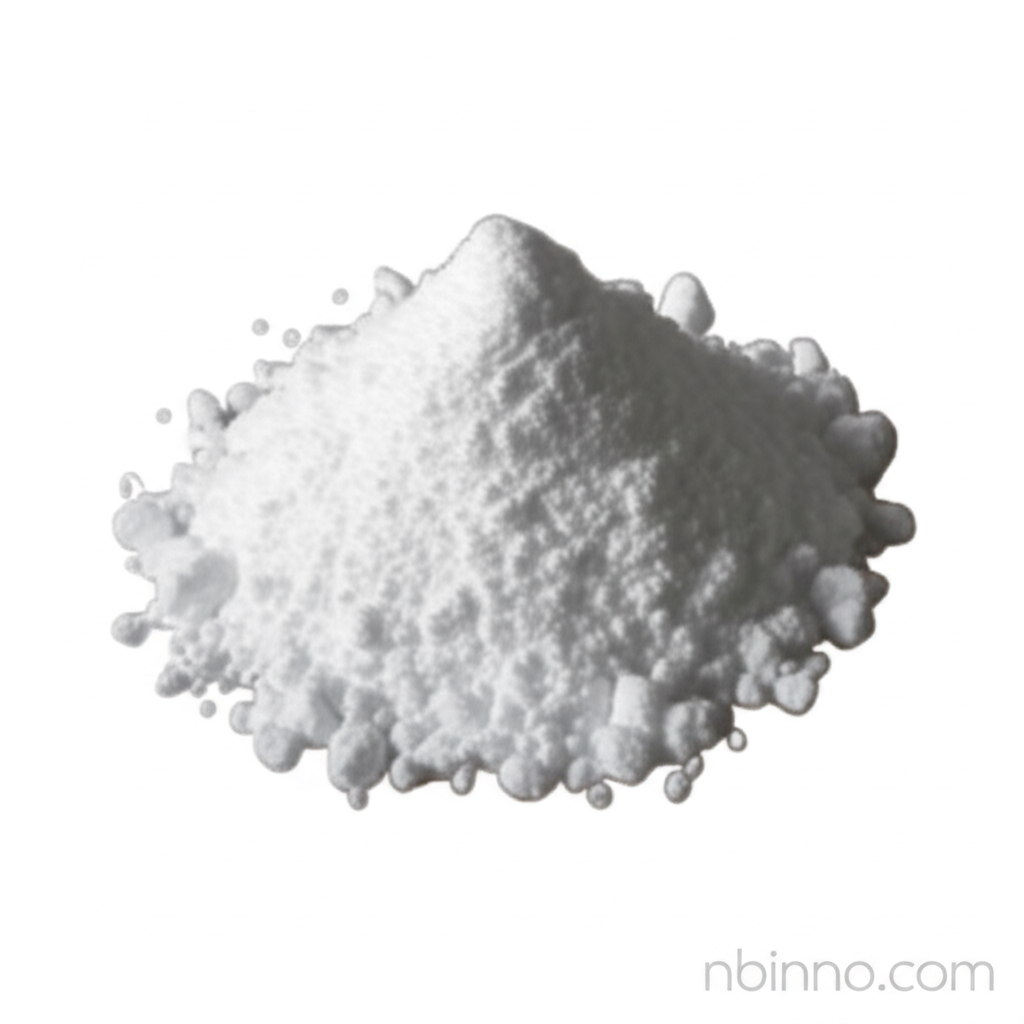High-Purity Antimony Trioxide Powder: Enhancing Flame Retardancy and Catalytic Performance
Unlock superior fire safety and manufacturing efficiency with our premium Antimony Trioxide.
Get a Quote & SampleProduct Core Value

Antimony Trioxide
Antimony Trioxide (Sb2O3) is a vital inorganic compound celebrated for its multifaceted industrial applications. Its primary role as a flame retardant synergist significantly boosts the fire safety of polymers, textiles, and construction materials by working in conjunction with halogenated compounds to interrupt combustion cycles. Beyond its flame-retardant capabilities, Antimony Trioxide serves as a crucial catalyst in the production of polyethylene terephthalate (PET), a widely used polymer in packaging and fibers. Its ability to act as an opacifying agent also enhances the visual properties of glass and ceramics. Sourced with meticulous quality control, this high-purity powder ensures optimal performance across demanding applications.
- Leverage the synergistic action of antimony trioxide and halogenated flame-retardants to achieve superior flame retardancy in plastics.
- Explore the uses of antimony trioxide in plastics for enhanced fire resistance and improved polymer performance.
- Utilize antimony trioxide as a catalyst in the production of polyethylene terephthalate (PET) for efficient manufacturing.
- Discover the chemical properties of antimony trioxide that make it an essential component in various industrial processes.
Advantages Provided by the Product
Enhanced Fire Safety
Antimony trioxide acts as a critical synergist, significantly boosting the effectiveness of halogenated flame retardants. This combination inhibits flame spread and reduces smoke generation in materials like plastics and textiles, making them safer for consumer and industrial use.
Efficient Catalysis in PET Production
As a catalyst in the production of polyethylene terephthalate (PET) fibers and films, antimony trioxide facilitates esterification and polymerization reactions, contributing to the efficient manufacturing of this widely used polymer. This application highlights its role in the chemical industry.
Improved Material Properties
Its utility extends to improving material properties such as opacity and brilliance in glass and ceramics. By acting as an opacifying agent, it enhances the aesthetic and functional qualities of finished ceramic and glass products.
Key Applications
Flame Retardancy
A primary application involves its use as a flame retardant synergist, crucial for meeting stringent fire safety standards in plastics, textiles, and rubber products.
Polymer Additive
Incorporated into polymer formulations, it enhances fire resistance and smoke suppression, particularly in thermoplastics and thermosets, thereby improving overall product performance and safety.
Catalysis
Antimony trioxide is utilized as a catalyst in the production of polyester resins and polyethylene terephthalate (PET), facilitating key chemical reactions in these manufacturing processes.
Glass & Ceramics
It serves as an opacifying agent and fining agent in glass and ceramic glazes, contributing to whiteness, opacity, and bubble-free finishes in final products.
